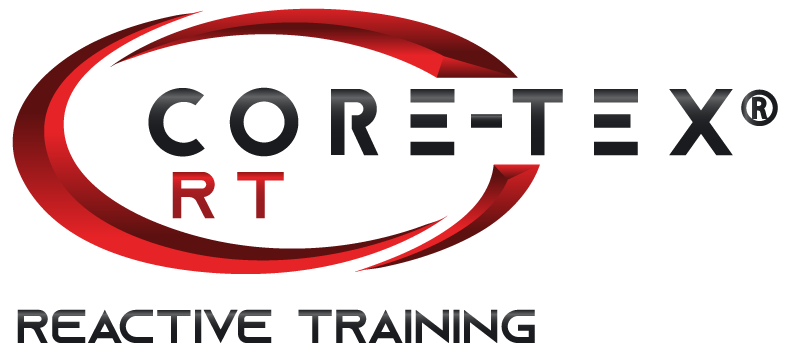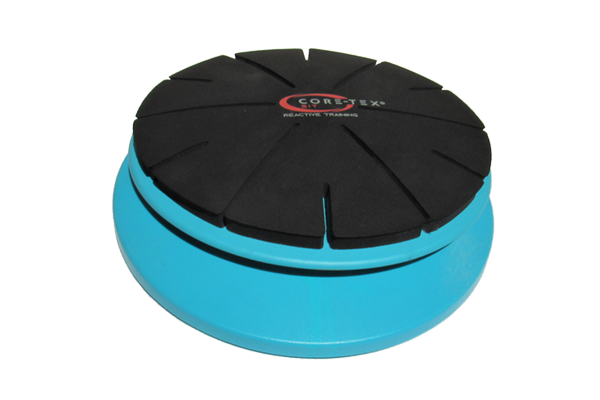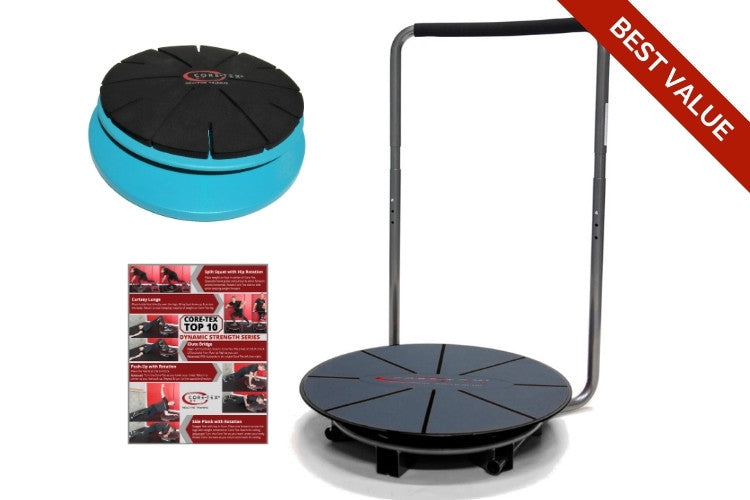Sure the glutes are responsible for those big squat lifts and powerful hip extension. But they also play a critical roll in the overall function on the hip joint and pelvic control in day to day activity . And most day to day activities involve a period of unilateral loading of a limb. That is why the single leg glute bridge is such a great exercise. But what is even better, is a single leg glute bridge with your body on Core-Tex instead of a fixed bench.
The responsiveness of Core-Tex and it's "top down" influence on the ground-based leg create an environment of reactive variability the exposes the posterior and lateral hip musculature to ongoing motor problems to solve. The timing and efficiency of the contractions of the glutes and hamstrings are continually challenged. This is a great exercise for training the glutes in the home gym or part of a rehab program for the hip, knee or lower back.














Leave a comment (all fields required)